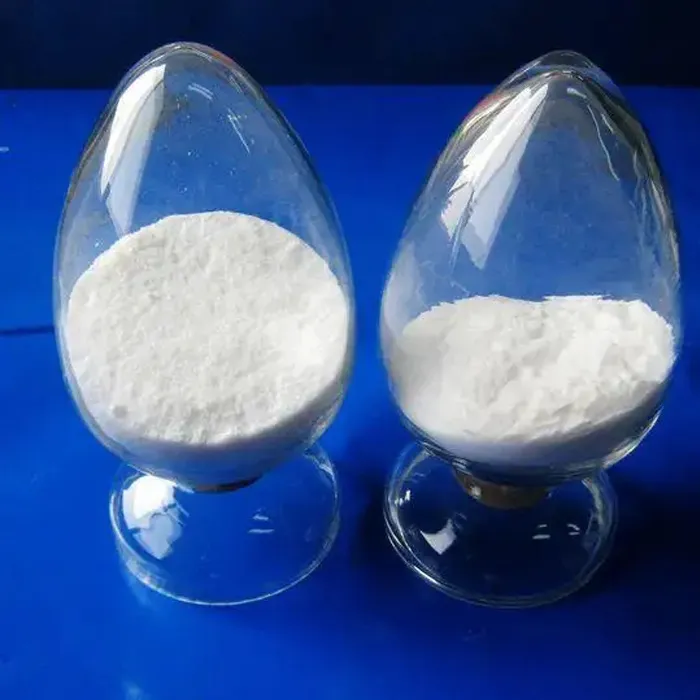Cationic Polyacrylamide Emulsion Properties, Applications, and Benefits
Cationic polyacrylamide emulsion (CPAM) has garnered significant attention in various fields due to its versatile properties and applications. This water-soluble polymer is primarily composed of acrylamide monomers with cationic functional groups. These unique characteristics make CPAM a valuable agent in multiple industries, including water treatment, paper manufacturing, and oil recovery.
One of the distinctive features of cationic polyacrylamide emulsion is its ability to improve the flocculation process in wastewater treatment. When introduced into a water treatment system, CPAM works by neutralizing the negative charges of suspended particles, allowing them to aggregate and form larger flocs. This aggregation facilitates the removal of pollutants and solids from wastewater, making CPAM an effective coagulant and flocculant. Its application not only enhances the efficiency of wastewater treatment processes but also reduces the amount of chemical sludge produced, leading to a more sustainable approach in managing water resources.
In the paper industry, CPAM is widely used as a retention aid and a dry strength enhancer. The introduction of cationic polyacrylamide into the papermaking process helps improve the retention of fillers and fiber, which increases the overall quality of the paper. Additionally, the cationic nature of CPAM contributes to improved bonding between fibers during the drying process, resulting in increased strength and durability of the final product. This makes CPAM a crucial additive in producing high-quality paper with reduced production costs.
cationic polyacrylamide emulsion

Another vital area of application for cationic polyacrylamide emulsion is in enhanced oil recovery (EOR). CPAM serves as a thickening agent, helping to improve the mobility of oil in reservoirs. By increasing the viscosity of water used in the injection process, CPAM enhances the displacement efficiency of oil, allowing for more effective extraction. This application is particularly significant in addressing the challenges associated with declining oil production rates.
The benefits of using cationic polyacrylamide emulsion extend beyond efficiency and performance. The polymer is generally non-toxic and environmentally friendly, making it suitable for a wide range of applications where safety and environmental impact are crucial considerations. Moreover, its ease of use and compatibility with other chemicals further enhance its appeal, allowing for seamless integration into existing processes.
In conclusion, cationic polyacrylamide emulsion is a multifunctional polymer with significant advantages across various industries. Its ability to enhance flocculation in water treatment, improve paper quality, and aid in oil recovery showcases its versatility and utility. As industries continue to seek sustainable and efficient solutions, the role of CPAM will likely expand, making it an essential component in modern production processes.

